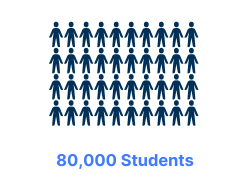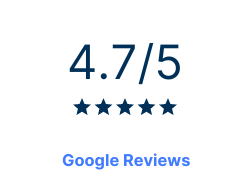
Power Automate Course - Intermediate
Learn to build custom flows with Power Automate.
All courses are available in-person or remotely.
Microsoft's traditional office systems sit alongside a new wave of computing power within reach of end-users in a way that has never been available before. Power Automate is a key application within Microsoft 365 that allows end users to connect applications to automate workflows and processes.
Learn how to work with the building blocks of Power Automate to create custom flows for your workplace. You will learn to work with arrays, expressions, advanced functions, and JSON data to implement logic to customise flows. This course is suitable for those who are already familiar with creating template flows in Power Automate. View our detailed course outline below. Microsoft Power Automate training is available in-person or remotely.
Power Automate Course - Intermediate

Automate workflows with Power Automate. Use Power Automates building blocks to create customised workflows with this Intermediate course.
Power Automate Intermediate Course Details

Power Automate Intermediate Course Details

Power Automate Intermediate Course Details

Power Automate Intermediate Course Details

Power Automate Intermediate Course Details

Power Automate Intermediate Course Details

Power Automate Intermediate Course Details

Power Automate Intermediate Course Details

Power Automate Intermediate Course Details

Power Automate Course Outlines
-
-
-
PL-900 Power Platform Certification
Power Automate City Pages
Skills Test
Contact Us
What do I need to know to attend?
Recommended for those currently building flows in Power Automate:
- Students should have attended Power Automate Beginner.
- Students should be comfortable with creating basic flows in Power Automate.
- This course is aimed at those who want to build custom flows from scratch.
Power Automate Intermediate Learning Outcomes
On completion of this course you will know how to:
- Create String expressions
- Handle errors and debug Power Automate flows
- Use filtering queries
- Understand how to work with Parent and Child flows
- Understand how to use JSON in a flow
- Create loops
- Work with Arrays, Functions and Data and Time expressions
- Save variables for re-use in other flows
Power Automate Intermediate Course Content
- Introduction
- The purpose of Power
- Automate
- What is a flow?
- Instant Flows with User Input
- Dynamic content
- Data from the trigger
- Accessing documentation
- The ? operator
- String Functions
- Text function actions
- Variables
- Variable data types
- JSON data
- How to handle JSON data
- Set variable
- Increment / decrement variable
- Append to string variable
- Append to array variable
- Date and Time Functions
- Date time actions
- Convert time zone
- Add to a date
- Using Filter Queries
- OData filter queries
- Basic OData expressions
- Collection Functions
- Use a collection functions
- Loops
- Loops in Power Automate
- Apply to each
- Do until
- Create and use a Do until
- loop in a flow
- Data Operations
- Compose
- Join
- Select
- Filter array
- Create CSV table
- Create HTML table
- Parse JSON
- Use data operations
- Current Iteration Index
- Actions after a Loop
- Do until limits
- Successful completion of a Do
- until loop
- Delay a Flow
- Delay
- Delay Until
- Add Comments
- Adding comments to actions
- Comments as a collaborative tool
- Use Compose with Data Outputs
- Adding actions to the flow
- Use Compose to see data outputs and debug
- Apply to Each and Concurrency
- Concurrency controls for triggers
- Concurrency controls for loops
- Working with JSON Data
- Accessing values from a JSON array
- JSON arrays replacing multiple variables
- Parse JSON action
- Reshaping an array
- Create an HTML table
- Format an HTML table
- Append to an Array
- Use arrays to dynamically attach multiple files to an email
- Parallel Branches
- Error handling with parallel branches
- Scopes
- Use parallel branches to speed up flows
- Joining parallel branches
- Trigger a Flow from Another Flow
- Solutions
- Parent flows
- Child flows

 phone
phone
 email
email
 enquiry
enquiry
























